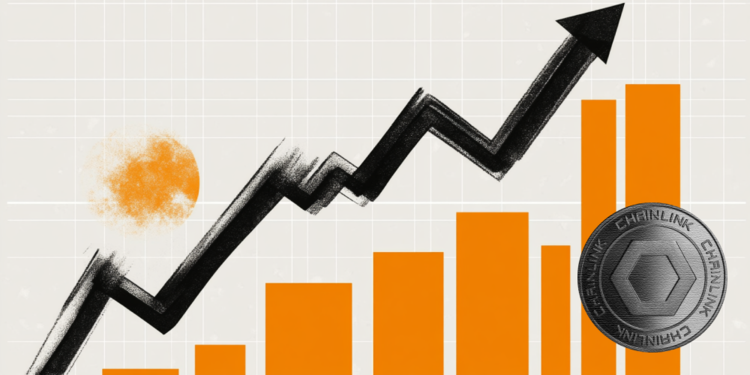Protein vaccines, one of the hottest topics at the moment. But what are they? How do they differ from what we are doing and when to expect their introduction? To find out more, we contacted the Prof. Paolo Castiglia, Member of the Vaccines Board of the Italian Society of Hygiene, Preventive Medicine and Public Health (SItI) and Prof. Ord. of Hygiene at the University of Sassari.
Professor, what are protein vaccines for Covid?
“The protein vaccines for Covid-19, as the name implies, are vaccines made up of protein parts of the virus with the addition of adjuvants, which stimulate an adequate immune response capable of protecting against infection. From a technical point of view they are not ‘new’ vaccines since vaccines made up in this way have been in use for many years now, such as those against the flu, but we consider them instead ‘new’ in the panorama of Covid-19 vaccines “.
How do they differ from those we already know?
“Up to now we have used both mRNA and viral vector vaccines for Covid-19, both obtained on new technological platforms, which use synthetic genetic material of the virus which, once inoculated, our cells must read to produce the virus proteins and thus stimulate the immune system to build a response against the virus. The fact that these vaccines contain synthetic genetic material has raised the skepticism of the population, leading to the well-known phenomenon of hesitancy vaccinale, despite the great efficacy and safety demonstrated in the field (billions of doses administered). In particular, mRNA vaccines have been the most widely used in industrialized countries and also in Italy and have practically supplanted viral vector vaccines a few weeks ago. In fact, for the third doses we use only those with mRNA, thus practicing the so-called heterologous vaccination for those who had completed a two-dose (or one-dose) course of viral vector vaccine. Protein vaccines, on the other hand, like the well-known influenza vaccines, consist of virus proteins synthesized in the laboratory and combined with adjuvant substances (oils and other constituents purified from natural substances), able both by chemical constitution and by form (micro bubbles that simulate the appearance of viruses) of activate our immune system more who thinks they are facing a viral attack. From the point of view of usability, then, protein vaccines are much more practical, as they require a cold chain that does not provide for freezing and therefore could potentially be used more easily online (General Medicine, Pediatrics, Pharmacies, etc.), obviating the organizational limits of large vaccination HUBs “.
What should we expect in terms of effectiveness?
«The mRNA and viral vector vaccines have been able, precisely by virtue of their peculiar mechanism of action, to stimulate an extremely effective and specific immune response. That is, directed exactly at the protein that our cells synthesized by reading the injected code. If this has been extremely effective in controlling the pandemic to date, allowing us to resume life with a new normal, the emergence of new variants puts this protection in a bit of a crisis due to the possibility that the antibodies formed towards the protein synthesized thanks to the vaccine differ from those necessary to recognize those that the variants of the virus express. We therefore need either new mRNA vaccines, with codes for the new variants, or other vaccines that protect not only against the specific protein included in the vaccine, but also against proteins very similar to it, such as variants. Adjuvanted protein vaccines have this potential, in fact, the adjuvants stimulate not only the clones of immune cells specific to the injected protein, but also those that produce a response for similar proteins. This leads to an elevated and long-lasting immune response against the injected protein and a so-called cross-protection even towards slightly different proteins from this even if with a lower and less lasting level than that of the inserted protein. A fan-shaped protection that will perhaps allow us to tend to be recalled annually as is the case with the flu. There are already protein vaccines against Covid-19 in use around the world e more than 50 are being tested. An adjuvanted protein vaccine is currently being approved in Europe, containing 5 micrograms of viral protein, which has been shown in clinical trials to effectively act as a booster (booster) for those who have already been vaccinated either with mRNA vaccines or with viral vector. This vaccine cannot be used as a first dose for the unvaccinated. For this second possibility, the same vaccine is being tested with a double dose of protein (10 micrograms), but it will not soon be available for our countries. Therefore the next vaccination perspective will be a basic dose with mRNA vaccine and a booster with adjuvanted protein vaccine».
And in terms of side effects?
“In general, in all ongoing trials and following the observation made in the field for protein vaccines in use in non-European countries, safety is excellent and tolerability better than mRNA and viral vector vaccines. The good tolerability and safety of the ‘new’ protein vaccine shown in the trial, and which will be authorized shortly in Europe, was similar to that already known for flu vaccines. The possibility of co-administration with other inactivated vaccines is also similar to that of influenza vaccines. We therefore look forward to this new opportunity with great expectations, which will help to further control the pandemic towards levels of life ever closer to those of the pre-pandemic era “.
Right away five more things to know about protein vaccines, in the hope that they can soon be introduced effectively and safely in the ongoing fight against Covid-19 and its variants.
Other stories of Vanity Fair that may interest you
Omicron variant, the doctor who discovered it: “Mild symptoms, exaggerate travel restrictions”
Will we have to get a Covid-19 vaccine every year?
.
Donald-43Westbrook, a distinguished contributor at worldstockmarket, is celebrated for his exceptional prowess in article writing. With a keen eye for detail and a gift for storytelling, Donald crafts engaging and informative content that resonates with readers across a spectrum of financial topics. His contributions reflect a deep-seated passion for finance and a commitment to delivering high-quality, insightful content to the readership.







